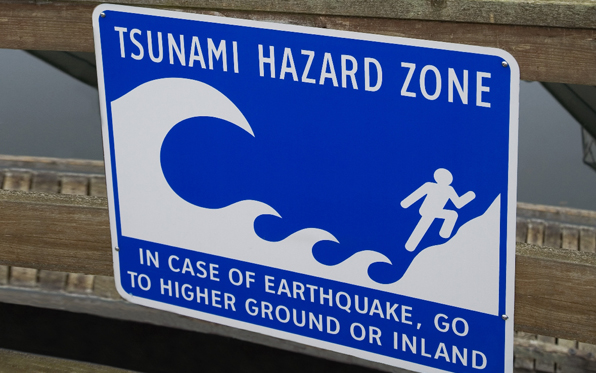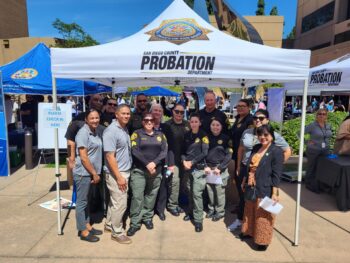While tsunamis are infrequent in San Diego, state and local officials say it is still important for beachgoers and people living or working near the coastline to know what to do if they hear an evacuation warning or feel a strong earthquake: Move away from the water, either go inland a mile or two, or go upwards and wait for officials to say if it is safe to return.
“Tsunami Preparedness Week starts on March 27. With 70 miles of coastline, it’s important that San Diegans understand our risk of tsunamis,” said Mike Davis, senior emergency services coordinator for the San Diego County Office of Emergency Services.
Too often people in San Diego dismiss the notion of a tsunami affecting our coastline.
“We have seen the effects as recently as 2011 of a strong tsunami in San Diego,” said Lt. John Sandmeyer, City of San Diego Lifeguard Services.
San Diego saw the effects from the March 2010 Chilean earthquake and the February 2011 Japanese earthquake, which both generated a tsunami.
Sandmeyer said in 2011, they saw the water rise .72 meters in Mission Bay and it caused thousands of dollars in damage, mostly to the boating community because they were largely unprepared for the results.
“These are infrequent events that can have catastrophic effects, so education is really important,” said Cindy Pridmore, engineering geologist with the California Geological Survey. “We have had a hundred tsunamis over 200 years, but only 13 of them caused damage and five of them caused deaths. Those deaths could have been easily avoided, but people went back down to the water too soon.”
Using a small model to show how a tsunami wave would inundate a coastal area, Pridmore explained that often the first tsunami wave is not the biggest one. Waves can continue to come onshore for hours, which is why emergency officials want people off the beaches and out of the area until the danger has passed, she said.
Tsunamis can be caused by either a local earthquake, a far-source earthquake or a landslide under the sea. In the near-source tsunami, people could have as little as 15 minutes before a tsunami was generated, said Davis. In a far-source tsunami, it could take up to 15 hours before the tsunami reached our shores.
Meteorologist Alex Tardy, of the National Weather Service San Diego, said in the event of a tsunami, his office could notify residents by a television emergency alert system and/or wireless emergency management alert that would go to cell phones, whether they were subscribed or not, to warn them of the impending disaster with instructions on what to do. On the beach, Sandmeyer said they would use an amplifying machine to let people know what to do.
The region is better prepared in the event of a tsunami as far as emergency management. In 2014, homeowners and businesses in San Diego’s tsunami zone were mailed a localized brochure showing flood prone areas and evacuation zones.
Tailored plans were created for each community using advanced modeling, which allows emergency managers to have more focused, phased evacuations based on the unique characteristics of the area and information about the expected tsunami. Before this, Davis said, there was a one-size-fits-all response for all communities.
Residents are also encouraged to create a disaster plan that includes an emergency kit, evacuation plan and a place to meet with family members in the event they are separated, said Yvette LaDuke, tsunami planning coordinator for the California Governor’s Office of Emergency Services.
The San Diego tsunami zone plans and both tsunami and general emergency preparedness information can be viewed at ReadySanDiego.org.






